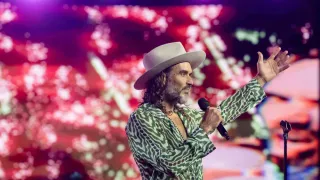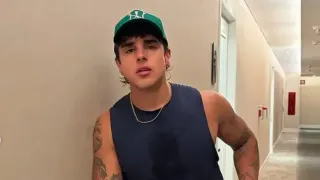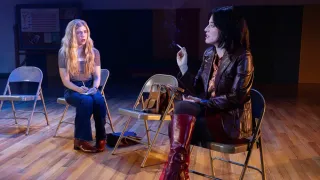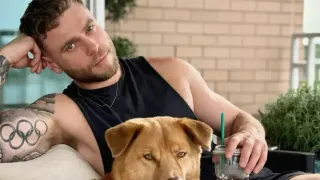January 21, 2017
Breast Cancer Tattoo Photos Lead to Facebook Expulsion
READ TIME: 1 MIN.
A woman who aids breast cancer survivors in the St. Louis area by creating tattoos of the nipple and areola after reconstructive surgery has been booted from Facebook for showing examples of her work.
The St. Louis Post-Dispatch reports that Facebook told Kerry Soraci that the photos she was sharing did not meet "community standards." Facebook told Soraci that the social media site disables accounts that solicit others or feature content that is sexually suggestive or contains nudity.
Soraci says the photos she posts promote her business and educate women about post-surgery options.






